There has been a lot of talk about the lack of credit given to illustrators lately, and rather than repeat what illustrator Sarah McIntyre has already argued so eloquently, please see her blog posts on the subject (Pictures Mean Business: some challenges, Digging Deep: the real reason keep getting overlooked, Pictures Mean Business: after careful consideration and an interview of Sarah by Julie Sterling ) and follow the #picturesmeanbusiness threads on Twitter.
The lack of coverage given to illustrated works is also clearly visible in the blogging community: how many YA bloggers are there? I’d hazard a guess and say hundreds. They even have their own UK award now, and rightly so as they have made a huge difference to the YA reading community. Comparing to that, there is only a handful of bloggers who blog about picture books. Why is that? I can’t speak for others but I know that for me, one of the challenges of writing Library Mice is talking about illustration, and talking about it well. I have no artistic background, and I am not artistic. At all. But I love to look at art. I am not one of these people who will stand for hours in front of a painting trying to guess what the artist was trying to communicate through his art though; I just love art because it makes me happy, or sad, or it challenges my outlook on things. Or simply because I find it beautiful. So when I have in my hands a picturebook with artwork that “speaks” to me, it does not always mean I have the right words to express this on paper (metaphorically!). Because learning to read pictures is a skill that needs to be learnt, just like learning to read text. I am really lucky that I am doing a fabulous module on visual texts on my MA course at the moment, but there are plenty of readily available resources that can help.
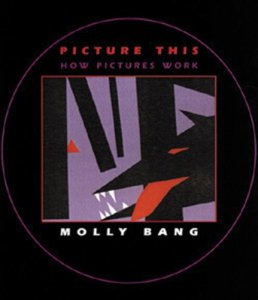 One of them is Picture This: How Pictures Work by Molly Bang (Chronicle Books). This book is an excellent introduction to picture composition and how each of its components help tell a story. Using the traditional tale of Little Red Riding Hood as an example, Molly bang uses simple shapes and colour to convey how size, placement on a page, colour and other components affect the meaning of an illustration ( and art in general). It is deceptively simple, and tackles the very difficult subject of art theory in a fun and visual way. Short and easy to refer back to, this is the perfect introduction to how pictures works for novices. What makes the book so easy to understand, apart from the simplicity of the illustrations, is the narrative. It is as if Molly Bang is speaking to the reader directly; there are no complicated terms or grand sentences here, just a highly accessible text.
One of them is Picture This: How Pictures Work by Molly Bang (Chronicle Books). This book is an excellent introduction to picture composition and how each of its components help tell a story. Using the traditional tale of Little Red Riding Hood as an example, Molly bang uses simple shapes and colour to convey how size, placement on a page, colour and other components affect the meaning of an illustration ( and art in general). It is deceptively simple, and tackles the very difficult subject of art theory in a fun and visual way. Short and easy to refer back to, this is the perfect introduction to how pictures works for novices. What makes the book so easy to understand, apart from the simplicity of the illustrations, is the narrative. It is as if Molly Bang is speaking to the reader directly; there are no complicated terms or grand sentences here, just a highly accessible text.
Here are some page samples:
Well worth investigating and investing in if you want to learn about how illustrations work


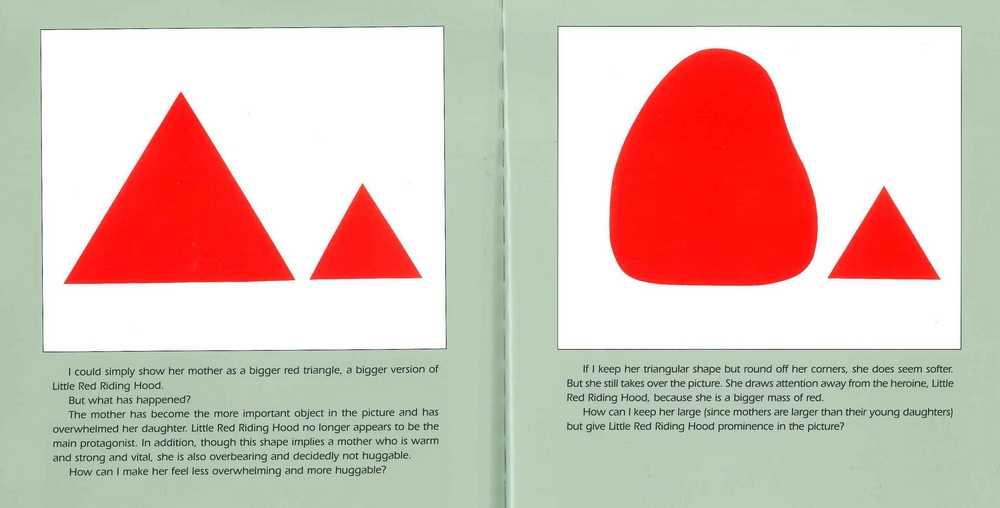
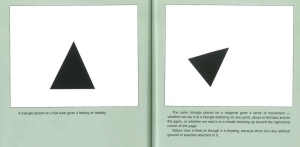
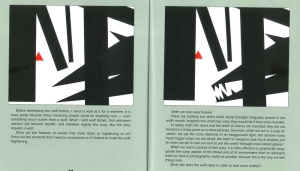
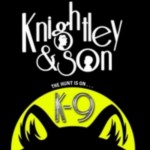

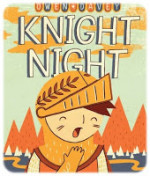

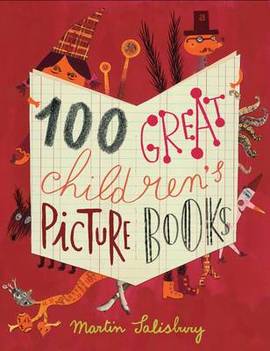

[…] Images sourced from Library Mice […]